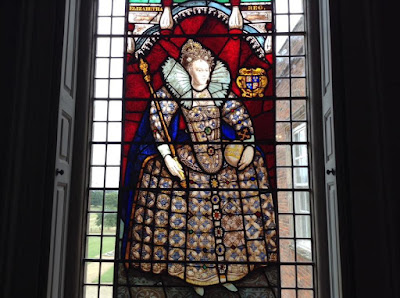Idiom "Too many Cooks Spoil the Broth"

... So, what might happen when there are too many cooks in the kitchen? Saying (UK): Too many Cooks Spoil the Broth (US) :Too many Cooks Spoil the Soup. This idiomatic expression is said when there are too many perople involved in trying to do the same thing so that the final result is not satisfying. The proverb, ‘too many cooks spoil the broth’, means: When there are a lot of people working on a project, then that project may not be completed to such a high standard. Sometimes one person does a better job than many. At work, a single, streamlined approach can be better to get the desired results. When leaders give us conflicting directions, we can end up more confused. It is better when fewer people are working on a given task. In particular, the proverb refers to a situation in which there are several people trying to take on a leadership role or to control what is going on. In such a situation, everyone may have their own way of doing things and arguments and






